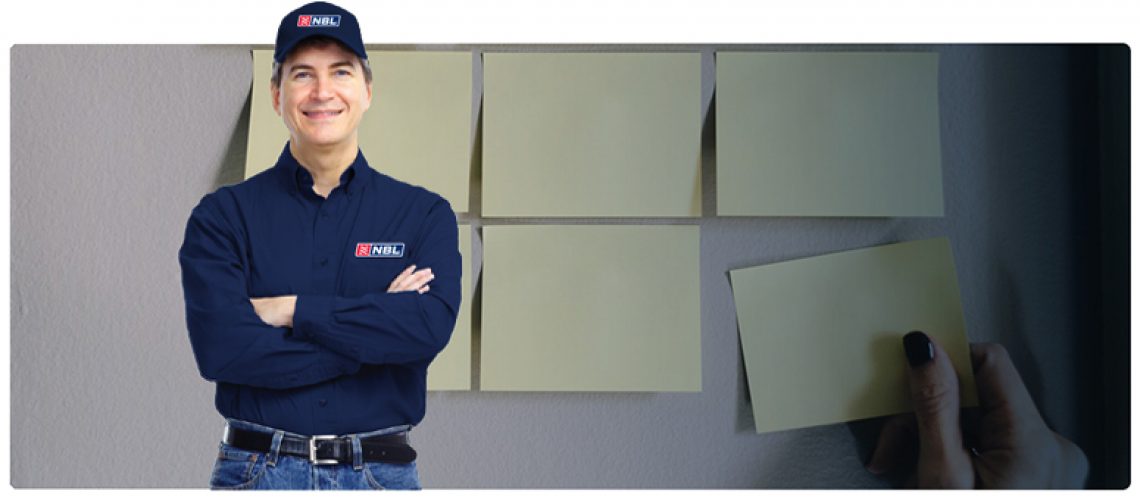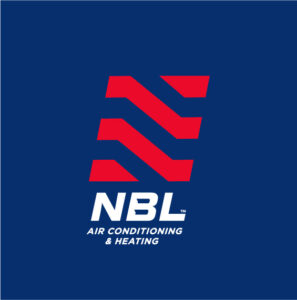When the time comes to replace the HVAC system, it becomes necessary to calculate costs, evaluate proposals, define a strategy and plan all kinds of contingencies.

That would be the right way to avoid finding financial, technical and temporary surprises, but the question that always comes up is: How much does HVAC replacement cost?
Being honest and responsible to resolving that question, the correct answer would be to say that the price is very variable and depends a lot on what was written at the beginning of this article. In other words, there are technical and temporal issues that will be very different for each case and in this guide we are going to share our experience on how to correctly plan the replacement of a central air conditioning system for residences.
Basically, when you think about replacing a central air conditioner, most people focus on the performance of the different equipment and on the cost of installation, then they get the following expense scheme:
– Cost of the appropriate air conditioning unit.
– Fees for installation and commissioning service.
But the correct thing to estimate investment costs is to include those details that have a direct impact on the final budget and that people often overlook but always end up acquiring to optimize system performance. The most common are:
– Fees for prior advice and reporting needs.
– Fees for thermal balance for particular weather conditions.
– Cost determination for equipment with energy efficiency.
– Necessary accessories and complementary devices for the system.
– Quantity and condition of the pipes and the house in general.
– Complementary work of plumbing, electricity and masonry.
– Permits, licenses and insurance of the contractor to carry out the work.
Regarding advisory and reporting fees, at NBL we consider that it is the initial and obligatory task to establish a correct investment plan related to the replacement of the AC unit. Without this fundamental step, all subsequent actions are sure to be converted into additional expenses not included.
Once the needs report has been obtained, at NBL we suggest making a thermal balance suitable for each household, because each house has conditions totally particular and this work allows planning costs and strategies.
With the thermal balance information, you can now choose a central air conditioning system tailored exclusively to your needs and budget. At NBL, we suggest choosing equipment with the energy efficiency seal because it saves on energy bills.T
hen, an important step is to define what types of complements or accessories we are going to add to the central air conditioning system so that it works with better performance and provides other functionalities. The most common are humidifiers, purifiers, UV lamps, smart thermostats, mobile applications, and special sensors. But it is always good to about any other device, spare part or consumable that can be obtained at a low price when purchasing a complete HVAC system.
Having completed the first part related to the acquisition of equipment, it is necessary to go on to evaluate the existing infrastructure to find out if the facilities are up to the task or need renovations.
The most important and necessary is the ductwork and its quantity, quality and condition must be verified, because the current needs are surely different from those that existed previously. Also, new duct runs, duct seals and general cleanings are likely to be required.
It is also necessary to completely inspect the house and establish the necessary actions for the general insulation of the house, fundamentally considering the ceilings, basements, floors, carpentry and other sectors that are directly involved in the temperature gain or loss.
Continuing with the infrastructure, the house must have a healthy electrical network and preferably exclusively for the HVAC system. Normally, it is necessary to update boards and electrical protections to ensure the proper functioning of the equipment. Also, the house must have accessible attics, free outdoor spaces, clean basements or subsoils, and powered by gas and water networks. If these conditions do not exist, extra expenses will surely appear.
Finally, a cost that is almost always overlooked in most people is that related to insurance and work execution permits that must be included in the final budget. Eventually, agencies can request the payment of special licenses or construction permits to carry out these works and adjust them to current regulations.
So, to summarize this article we could say that before starting the replacement of a AC equipment, you must resort to a professional to get the right advice. Then a detailed budget must be established indicating the equipment to be purchased, the materials to be used, labor to be used, the work to be performed, the procedures to be carried out and the times necessary to finalize the proposed strategy. All that detail followed by the final costs to be assumed by the client, the responsibilities acquired by both parties and the guarantees offered by the contractor.
References:
Link Energy Star – Checklist
Maintenance Checklist.
Link Carrier – Expert Checklist
Working with an authorized dealer.
Link Energy Star – Tips
Tips for Hiring a HVAC Company.
Related Posts:
The importance of professional advice
Is it necessary to clean the air ducts?

